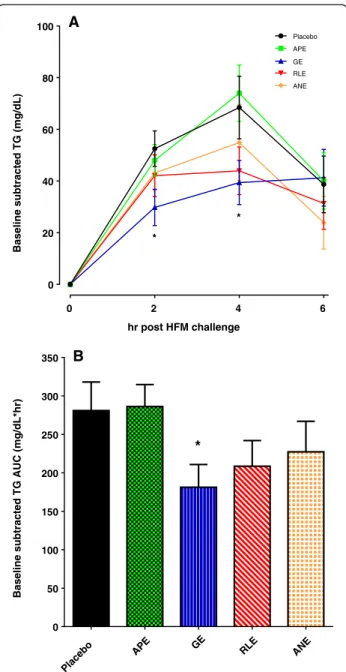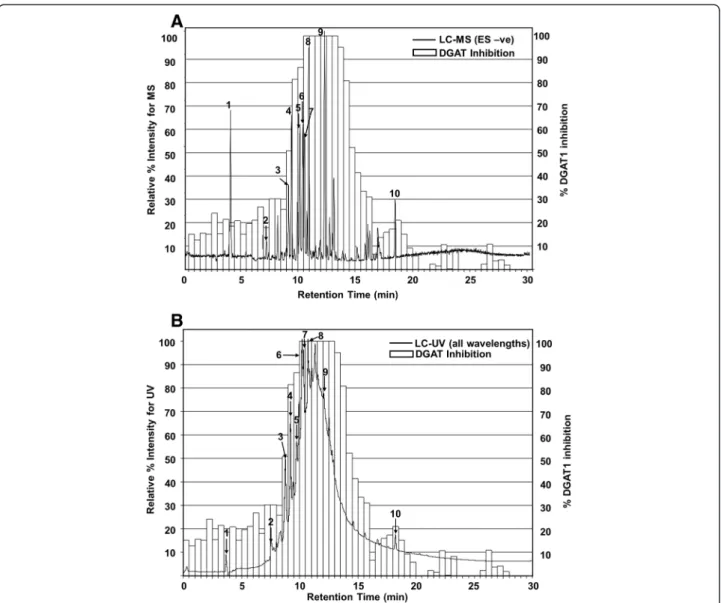Identification of a botanical inhibitor of intestinal diacylglyceride acyltransferase 1 activity via in vitro screening and a parallel, randomized, blinded, placebo-controlled clinical trial
Full text
Figure




Related documents
Potential participants were required to meet their local site ’ s criteria for starting insulin pump therapy. Trial eli- gibility criteria included: age 5 – 18 years; type 1
Our analysis identified three ways in which therapists managed expectations during the initial moments of first sessions: first, therapists managed clients’ expectations about both
The real and imaginary parts of the measured complex permittivity for pristine Epilox resin and NC with 1 and 3 wt.% of MWCNTs are reported in Figure 3.. As ex- pected, the
An important step in determing the M¨ obius function is determing the size and number of conjugacy classes of subgroups in each class which we now prove in the following Lemmas..
Analytical Applications: The proposed method has been applied for the determination of molybdenum (V) in plants, water and soil samples.. The data presented in the Table
activities. The revenue portion is a linear function of throughput: the number of trains served by the railroad per unit time multiplied by a destination speeific railroad charge.
conceivably could refer to any of four species: Cistanthe discolor (Schrad.) Spach [= Calandrinia discolor Schrad.], Cistanthe laxiflora, Cistanthe philhershkovitziana Hershk.,
Therefore, we aimed to address this knowledge gap by examining whether, in a high-risk group of overweight or obese sedentary individuals, supplementation with carnosine would



